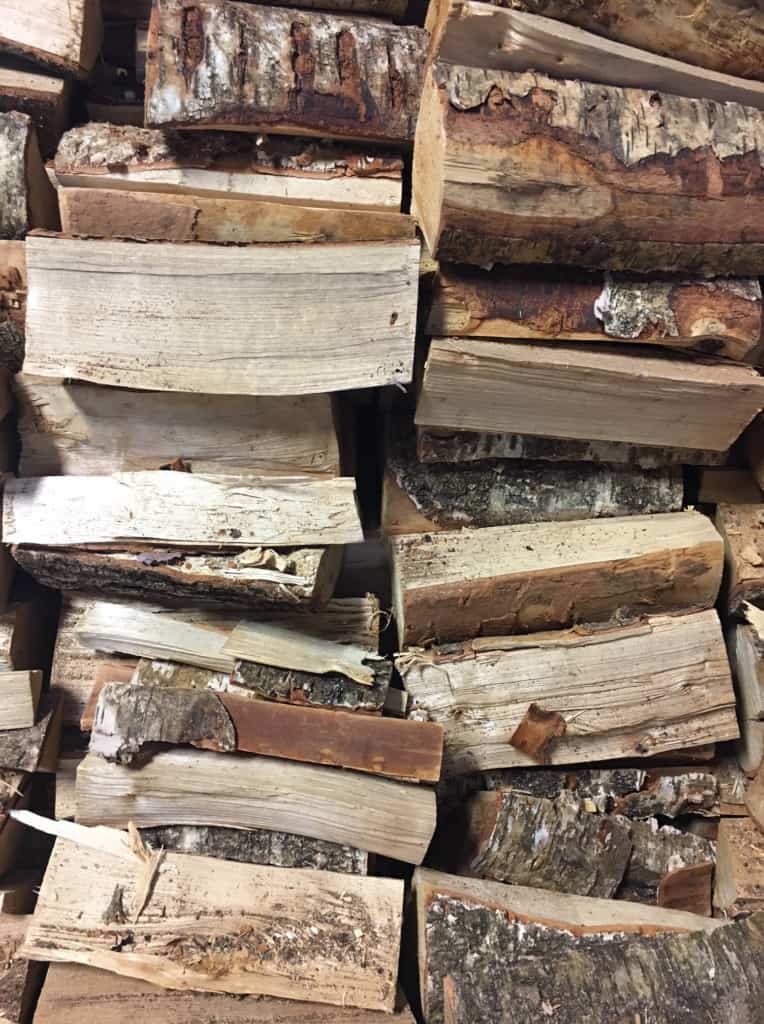It certainly seems like an unrealistic, even a crazy idea, and for many, this would be the case. However, there are people who can and do grow their own firewood. Using the Coppice Rotation Method means you can actually yield an impressive amount of wood in a relatively short period of time.
Whilst this is not realistic for those with limited space, if you own land, this is certainly an option.
What is the Coppice Rotation Method?
Coppicing is a tried and tested method of managing woodlands, which focuses on the capacity of many species of trees to put out new shoots from their stump or roots when they are cut down.
In a coppiced wood, young tree stems are repeatedly cut down to almost ground level, leaving a stump. After a few years, new growth shows, making harvesting possible again. Pollarding is a similar process carried out at a higher level on the tree.
Grow One Tonne of Firewood Every Five Years!
You don’t need acres of woodland, as you would imagine. As little as 10 x 15m space (half the size of an allotment) would provide around one tonne of firewood every five years. This means a very healthy supply of firewood each year, around 200kg, which is more than enough for most households over the winter months. This is a sustainable, environmentally friendly and free way to keep warm!

What Type of Wood?
You will typically need to plant fast-growing, tough willows, which collectively are known as “super willows”. Willows are tough as they can grow in poor soil, in exposed places and even on rough ground, so you do not need to be overly concerned about having perfectly fertile soil. Willow, however, is not the best type of firewood, and it can be quite difficult to cut. However, if you can cope with these disadvantages, you will be on your way to becoming heat self-sufficient.
You can opt to grow more suitable wood like oak. However, you will be waiting around 10 years before it is ready to harvest, then around 2 years to fully season this hardwood.
Seasoning The Wood:
When the wood has been cut down, you will need to season it for at least 12 months. This allows the water to leave the wood, which will help provide a cleaner, more efficient burn.
There can be significant dangers from burning unseasoned wood on a fire. If you burn unseasoned wood, the water vapour, when combined with other gases and particles, go up the chimney, and unless the chimney is kept warm, the condensation creates a creosote substance, which, when hardens, forms tar in the chimney.
Although growing your own wood is not possible for everyone, it certainly is not as far-fetched as you may believe!








